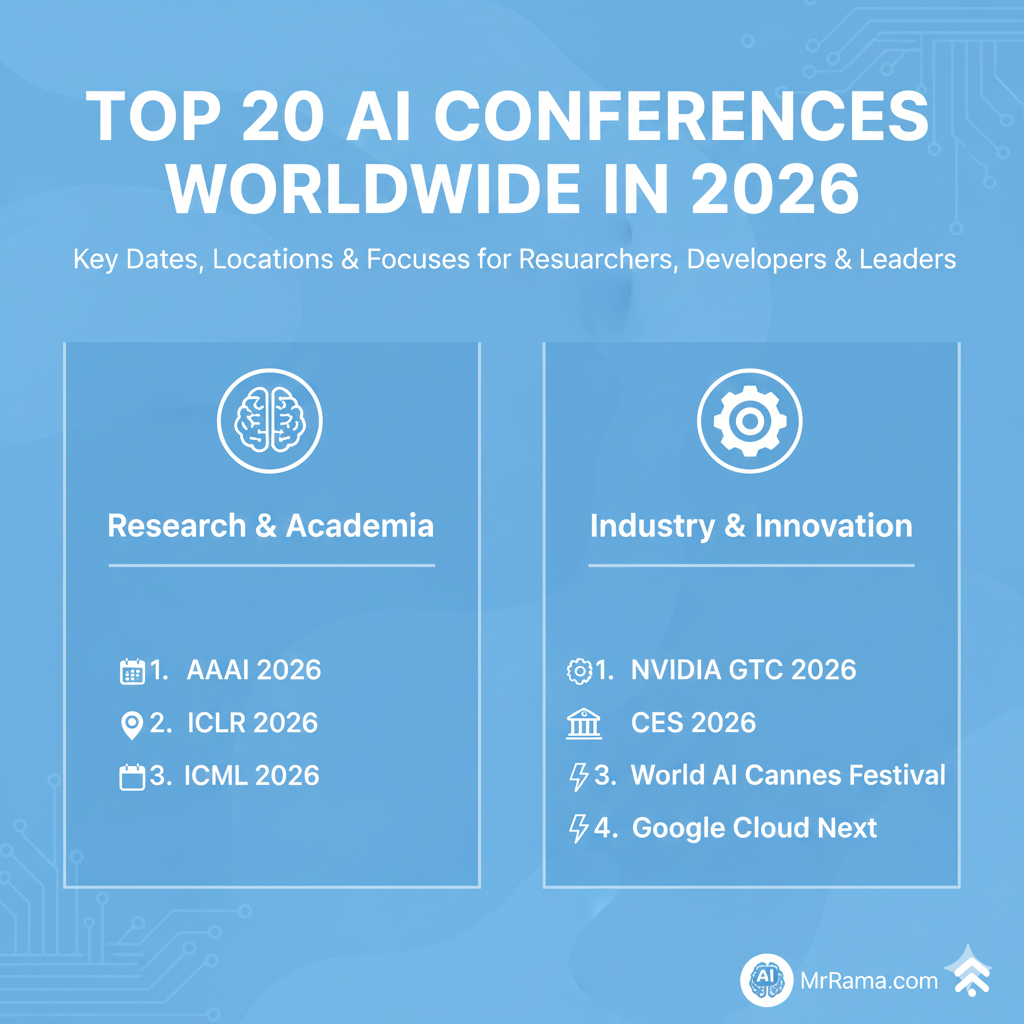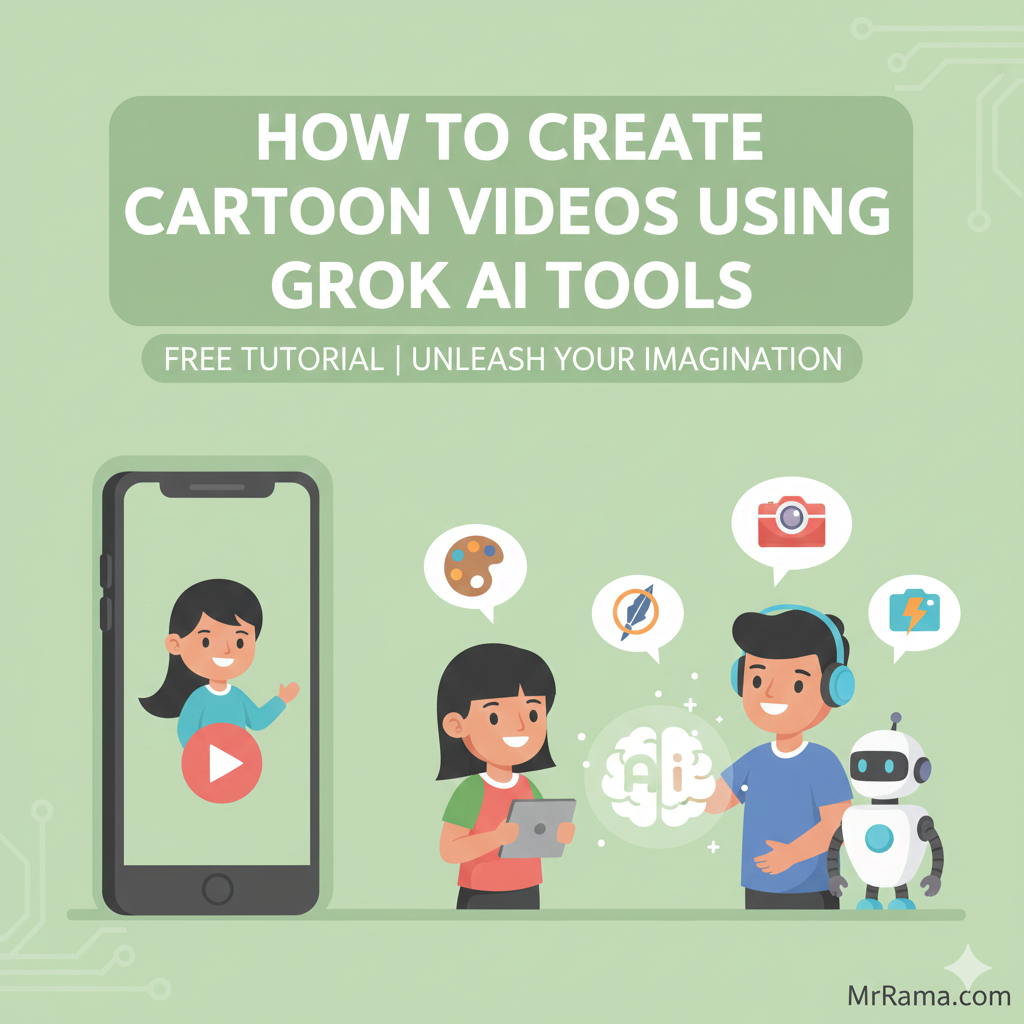GPUs are getting faster every year.
AI models are getting larger.
Data centers are handling more workloads than ever before.
But powerful GPUs alone are not enough to train massive AI models or run compute heavy tasks.
The real challenge is this: how do you connect multiple GPUs so they can work together efficiently without slowing down?
That is where NVIDIA NVLink Fusion steps in.
It is one of NVIDIA’s most important innovations, created to help GPUs communicate at extremely high speeds while working as a unified system.
If you have been trying to understand what NVLink Fusion is, how it works, and why the AI hardware world is talking about it, this guide will explain everything in simple and clear language.
Understanding the Need for High Speed GPU Connections
To understand NVIDIA NVLink Fusion, you first need to understand the problem it solves.
Modern AI models contain billions and even trillions of parameters.
These models cannot fit into the memory of a single GPU.
As a result, multiple GPUs must share memory, transfer data, and coordinate tasks constantly.
But here is the problem:
Traditional communication methods like PCIe are too slow for massive AI workloads.
PCIe becomes a bottleneck when GPUs exchange huge datasets.
Training large models becomes less efficient, more expensive, and slower.
To overcome this, NVIDIA created NVLink.
NVLink allows GPUs to communicate much faster than PCIe.
But NVLink Fusion takes this idea to a whole new level.
What Is NVIDIA NVLink Fusion
NVIDIA NVLink Fusion is an advanced high bandwidth GPU interconnect technology that allows two GPUs to operate as a unified processor.
It essentially merges two GPUs together so they behave like a single, larger GPU with shared memory, shared compute resources, and faster communication between them.
In simple words:
NVLink connects GPUs
NVLink Fusion combines GPUs
This technology is used in NVIDIA’s Blackwell GPU architecture, allowing two Blackwell GPUs to fuse together into a super GPU with:
Higher throughput
Massive memory pooling
Low-latency communication
Better parallel processing
Improved performance for large AI models
This makes NVLink Fusion crucial for AI, high-performance computing (HPC), scientific simulations, and real-time data processing.
Why NVIDIA Created NVLink Fusion
AI workloads are evolving rapidly.
Training and inference require more memory, more compute power, and faster communication than older interconnect technologies can handle.
Here is what NVLink Fusion solves:
Massive AI models require huge amounts of GPU memory
Workloads need faster inter GPU communication
Businesses want scalable multi GPU systems
AI training gets slower when communication is slow
Large compute clusters need efficient data sharing
By fusing two GPUs together, NVIDIA allows them to behave like a larger, more capable processor that accelerates complex AI tasks.
How NVIDIA NVLink Fusion Works
Understanding NVLink Fusion might sound complicated, but here is a simple breakdown.
When two NVIDIA GPUs are connected using NVLink Fusion, several things happen:
1. The GPUs share memory
Instead of each GPU having separate memory, NVLink Fusion allows them to access each other’s memory quickly.
This increases the total available memory pool for AI models.
2. The GPUs synchronize their operations
Both GPUs work together, splitting workloads in an optimized manner.
This reduces bottlenecks and increases efficiency.
3. The interconnect provides extremely high bandwidth
Data moves between the GPUs at speeds far higher than PCIe.
This is essential for large scale AI training.
4. The fused GPU pair acts like a single large processor
Applications can use the fused GPU as if it were one powerful GPU instead of two separate units.
Imagine two engines merging to form one super engine.
That is what NVLink Fusion does for GPUs.
Key Features of NVIDIA NVLink Fusion
Here are the major features that make this technology stand out.
1. Ultra High Bandwidth
NVLink Fusion provides far more bandwidth than PCIe.
This means GPUs exchange data instantly without waiting.
Faster communication equals faster AI training.
2. Unified Memory Space
The fused GPUs combine their memory into one pool.
This is essential for large models that cannot fit into one GPU.
3. Low Latency Communication
NVLink Fusion reduces delays in data transfer.
This is important for real-time AI tasks like autonomous driving or large simulations.
4. Scalability
You can connect many fused GPUs together to build powerful clusters.
This makes it ideal for data centers.
5. Optimized for AI and LLM Workloads
NVIDIA designed NVLink Fusion specifically to support huge AI models, including large language models.
6. Better Energy Efficiency
By fusing GPUs, workloads are handled more efficiently, reducing unnecessary overhead.
NVLink vs NVLink Fusion What Is the Difference
Many people confuse NVLink with NVLink Fusion.
Here is the difference in simple terms:
NVLink
Connects GPUs
Allows fast data transfer
GPUs stay separate
NVLink Fusion
Combines GPUs
Creates a unified processor
GPUs behave like one
Fusion is basically the next level of NVLink technology.
Real World Use Cases of NVIDIA NVLink Fusion
NVLink Fusion is not just a hardware feature.
It solves real challenges faced by businesses and researchers.
Let us look at where it is used.
1. Training Large AI Models
Models like GPT, Llama, Claude, and Gemini contain billions of parameters.
They need huge memory and fast inter GPU communication.
NVLink Fusion allows GPUs to train these models more efficiently.
2. Scientific Simulations
Climate modeling
Weather predictions
Astronomy
Physics simulations
These applications need powerful processors with shared memory.
3. Robotics and Autonomous Machines
Robots require real-time processing.
NVLink Fusion helps run heavy computations faster.
4. Data Centers and Cloud Platforms
Companies like AWS, Google Cloud, and Azure may use NVLink Fusion enabled systems to offer higher performance to customers.
5. Video Processing and 3D Rendering
Studios working with high resolution graphics benefit from the combined GPU power.
6. Financial Modeling
Stock market simulations
Risk calculations
Algorithmic trading
All require high speed parallel processing.
How NVLink Fusion Helps the Blackwell GPU Architecture
The Blackwell architecture uses NVLink Fusion as a core component.
A Blackwell GPU often comes as a fused pair, delivering:
More compute
More tensor performance
Larger memory pools
Better AI throughput
This is why the Blackwell GPUs are used for extreme AI workloads like:
Large language model training
Generative AI applications
Autonomous system training
AI inference at scale
NVLink Fusion helps Blackwell GPUs achieve performance levels that older architectures could not reach.
Benefits of NVIDIA NVLink Fusion for AI Developers and Businesses
Let us break down the benefits clearly.
1. Faster Training Times
More bandwidth and shared memory means models train faster.
2. Larger Models Supported
Fused GPUs can handle AI models that are too big for a single GPU.
3. Improved Parallel Processing
Two GPUs working together reduce bottlenecks during training.
4. Better Resource Utilization
Fusion ensures that both GPUs are used efficiently.
5. Cost Efficiency for Data Centers
Faster processing means lower energy costs and better ROI.
6. Higher Productivity for Developers
Less waiting for models to train
More time to focus on experimentation
Limitations of NVLink Fusion
Even though NVLink Fusion is powerful, it has a few limitations.
High hardware cost
It is used in high end enterprise systems.
Requires advanced cooling
Fusion increases heat output.
Not required for small models
Smaller AI models do not need this level of performance.
Future of NVIDIA NVLink Fusion
NVLink Fusion hints at the future direction of AI hardware.
We are moving toward:
Larger unified GPU clusters
Massive shared memory systems
Lower latency computing
Better scalability
Improved distributed training
In the future, GPUs may combine into massive logical units far beyond today’s fused architecture.
Conclusion
NVIDIA NVLink Fusion is one of the most important technologies in modern AI hardware.
It allows two GPUs to work as one, share memory, reduce latency, and handle massive workloads that traditional systems struggle with.
Whether you are an AI researcher, developer, tech enthusiast, or someone exploring GPU architecture, understanding NVLink Fusion helps you make sense of how modern AI systems achieve such incredible performance.
This fusion technology is a big step toward faster, smarter, and more scalable AI infrastructure.




